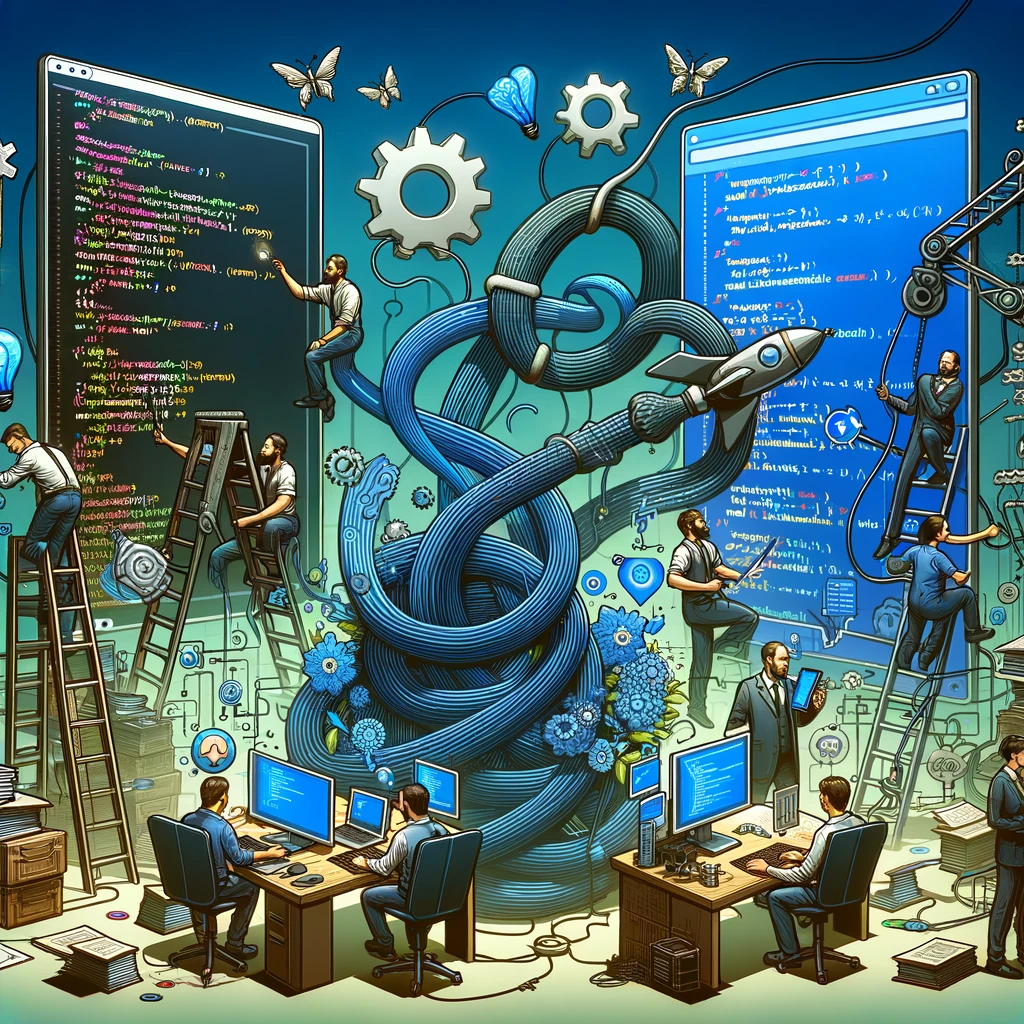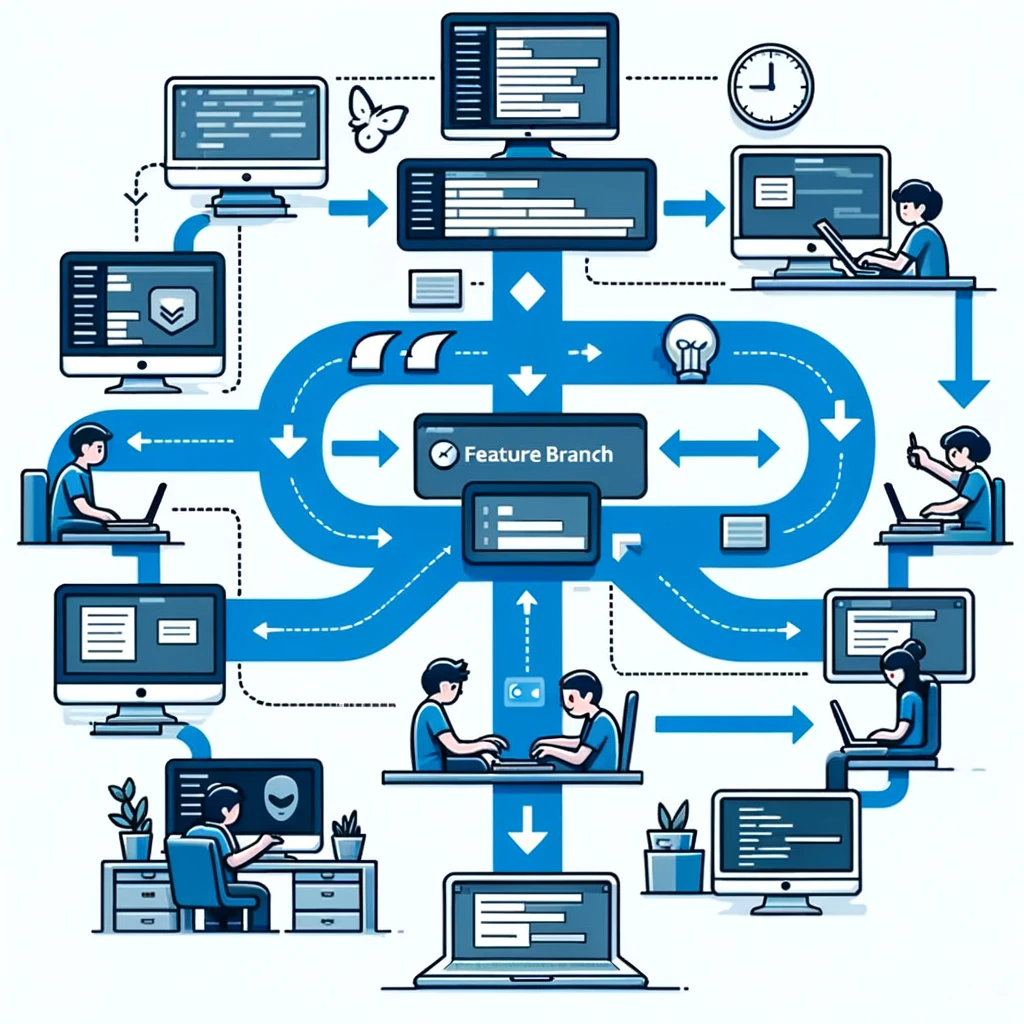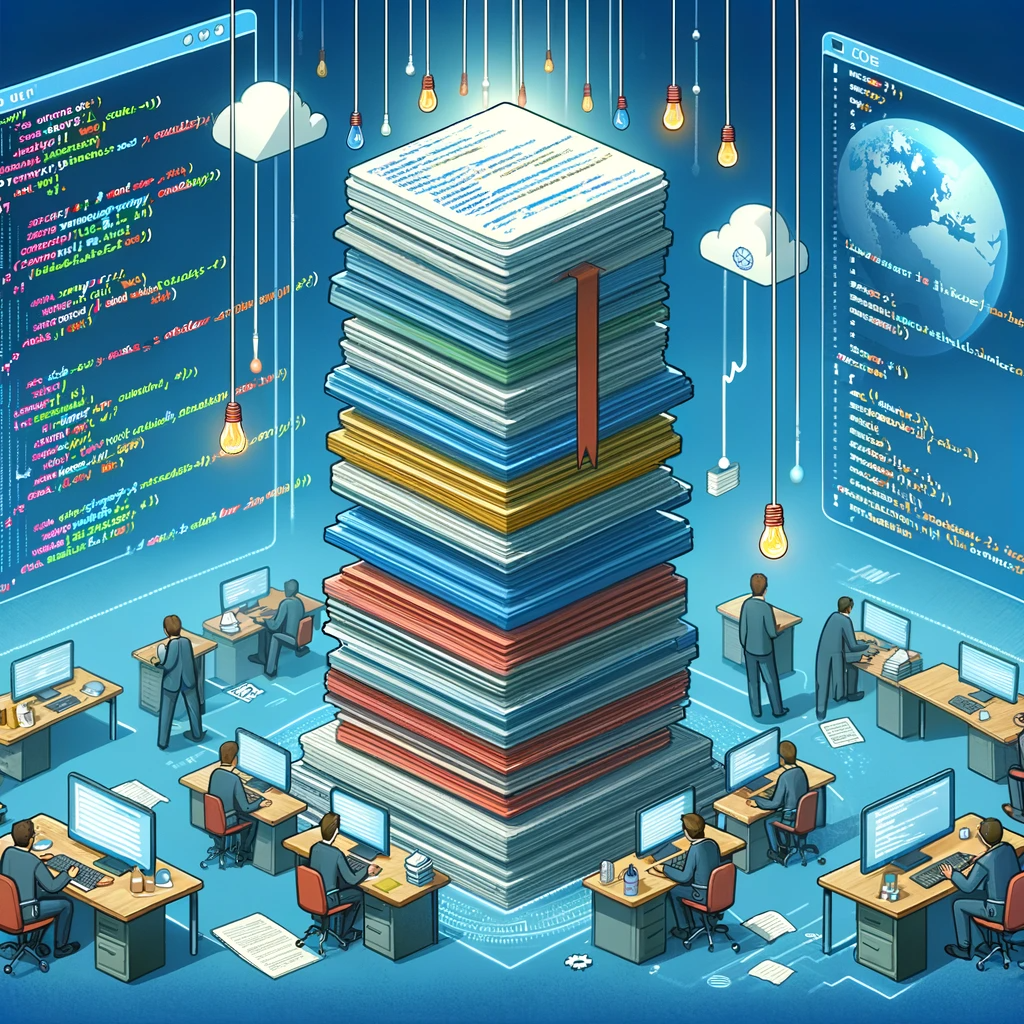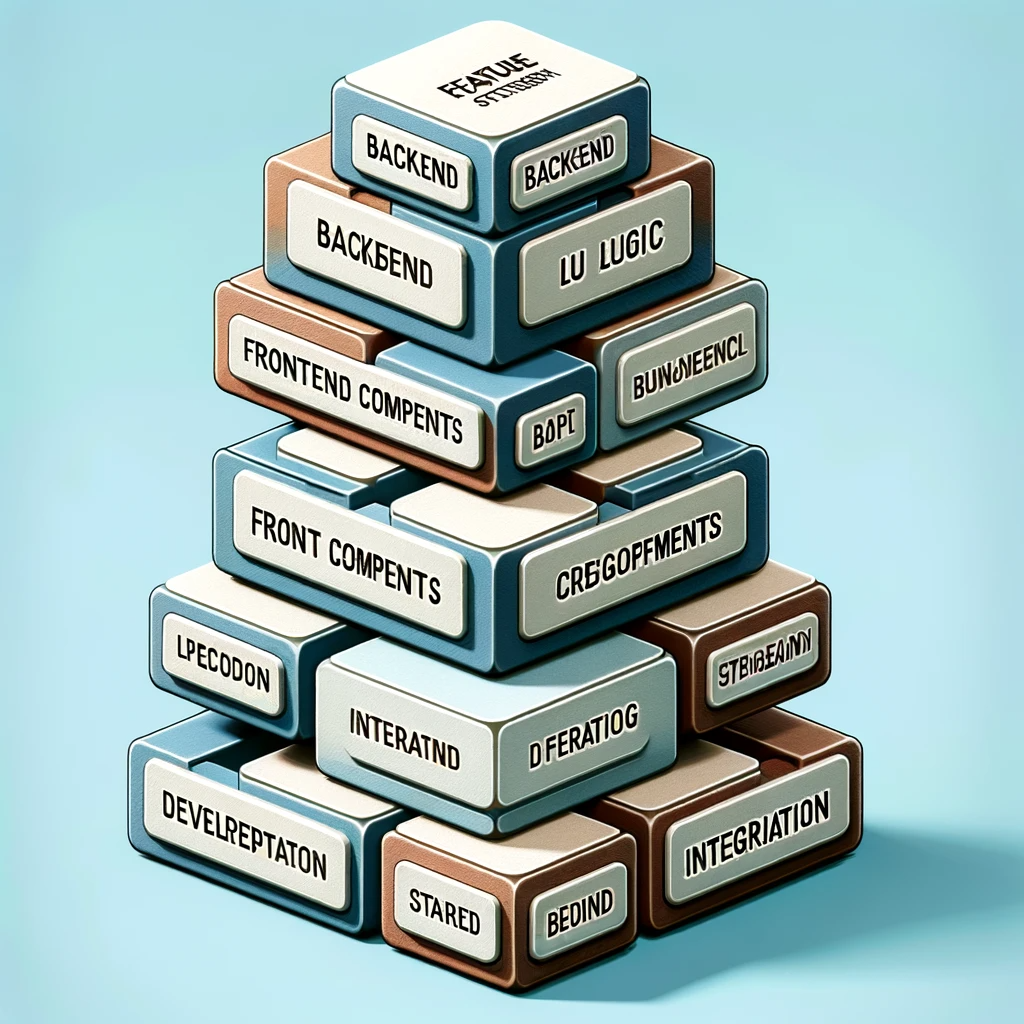Reimagining GitHub Pull Request Workflows: A Guide to Speed and Efficiency
by Devonte Emokpae, Co-Founder / CTO

Introduction to PR Workflow Challenges
The journey of a software developer is often marked by a dichotomy between the aspiration to write immaculate, modular code and the practical challenges of rapid feature deployment. This tug-of-war leads to the creation of large, complex pull requests (PRs), which act as substantial roadblocks, impeding the smooth flow of the development process. These PRs not only hinder timely progress but also pose significant challenges in maintaining the integrity and quality of the code. Understanding and addressing these challenges is crucial for enhancing the efficiency and effectiveness of the software development lifecycle.
The Bottleneck of Large PRs
A critical analysis of PR trends reveals that their size is a significant factor in impeding efficient workflow management. Oversized PRs, often containing over 900 lines of code, are more than just a logistical challenge; they represent a systemic issue that slows down the review process and degrades the overall code quality. The daunting size of these PRs can make them unwieldy and challenging to review thoroughly, often leading to crucial oversights and a decrease in the efficiency of the development process.
Optimizing PR Size
Optimizing the size of PRs is a strategic move towards efficiency. Keeping PRs to under 200 lines, with a sweet spot around 50 lines, considerably shortens the review and merge timeline. This is a stark contrast to the days-long process often needed for larger PRs. Smaller PRs streamline the review process, making it more manageable and effective. They ensure focused, detailed feedback, leading to a more robust and thorough review, ultimately enhancing the quality of the code and the product.

The Review Challenge with Oversized PRs
The challenge of reviewing large PRs is akin to finding a needle in a haystack. Their sheer size makes it nearly impossible to conduct a thorough review, leading to protracted revision cycles and often substandard reviews. This inefficiency is compounded by the fact that these larger PRs often receive less attention in terms of review comments, increasing the risk of bugs and inconsistencies slipping through unnoticed. This aspect of the PR process requires careful consideration and strategy to ensure high-quality code output.
Standard GitHub PR Workflow
The standard GitHub PR workflow, while popular among millions of developers, has inherent bottlenecks that can hamper progress. This process starts with creating a feature branch from the main branch, which should ideally represent a stable source of production-ready code. However, this process often leads to complications and challenges, such as difficulties in merging changes and ensuring the branch remains relevant with the latest updates.
1. Create a Feature Branch
The typical practice in GitHub projects involves creating a new branch for each feature or user story. This approach provides a safe space for developing new functionalities without impacting the main branch. However, this isolation can lead to complexities in integrating changes and managing dependencies with other branches, posing significant challenges in the overall development process.

2. The Complexity of Feature Branches
Feature branches often evolve from their initial isolated state to become extensive, interconnected changes. This evolution makes the codebase challenging to manage and decouple, leading to potential conflicts and complexities in the integration process. Addressing these challenges requires careful planning and execution to ensure smooth, conflict-free development and integration.

3. Opening a Pull Request
The stage of opening a pull request marks a critical point in the development process. This involves detailing the changes made, explaining the rationale behind them, and providing steps for testing the new functionalities. The PR serves as a centralized platform for team discussions and feedback, playing a pivotal role in the collaborative development process.

4. The Review Process
The review process is a cornerstone of quality assurance in software development. It involves detailed discussions on the PR page, where team members can pinpoint specific lines of code for review, ask questions, and provide feedback. This iterative process ensures that each aspect of the code is scrutinized and refined based on collective insights, leading to a more robust and high-quality product.

5. Merging the PR
After the feedback loop concludes with sufficient resolutions and approvals, the PR is merged into the main branch. This final step signifies the integration of the new features into the production code. However, with each new feature, the workflow resets, presenting the same set of challenges anew, emphasizing the need for efficient and streamlined workflow processes.

Improving PR Workflows with Stacking
The Essence of Stacking
Stacking, as a methodology, revolutionizes the traditional approach to handling PRs. It's akin to constructing a building, where each layer, or PR, adds a new dimension to the overall structure. By breaking down a large feature into digestible, interconnected segments, stacking makes the review process more manageable and efficient.

Practical Application of Stacking
In practice, stacking means dividing a substantial feature into smaller, logically connected PRs. For instance, in developing a complex user interface, one might create separate PRs for the backend logic, the frontend components, and the integration of these elements. Each PR becomes a focused task, allowing for more detailed attention and a quicker review process.
Advantages of Stacking
Stacking improves productivity, code quality, and comprehension by breaking down large changes into smaller PRs and enabling steady integration.
- Focused Reviews: Smaller PRs mean reviewers can concentrate on specific aspects without being overwhelmed.
- Faster Integration: Incremental changes can be integrated more rapidly, reducing the time from development to deployment.
- Easier Troubleshooting: Identifying and fixing issues becomes simpler when changes are compartmentalized.
- Continuous Delivery: Stacking facilitates a continuous delivery model, where features are rolled out steadily and reliably.

Best Practices for Stacking
To effectively implement stacking:
- Define Clear Boundaries: Ensure each PR is self-contained and has a specific purpose.
- Maintain Code Quality: With smaller PRs, maintaining coding standards and practices becomes even more critical.
- Foster Collaboration: Encourage team members to engage in the stacking process actively, offering feedback and suggestions.
- Utilize Automation Tools: Tools like Graphite can automate various aspects of the stacking process, enhancing efficiency.
Challenges and Solutions in Stacking
While stacking presents numerous advantages, it's not without challenges. For instance, managing dependencies between PRs can be complex. To address this, teams can adopt strategies like feature toggles or carefully plan the order of PR integration. Regular team syncs and effective communication channels are vital to navigating these challenges successfully.
The Future of PR Workflow with Stacking
Stacking is more than a workflow technique; it's a mindset shift in software development. As teams and projects grow in complexity, methods like stacking become essential for maintaining a high velocity of development while ensuring code quality. In the evolving landscape of software development, stacking stands out as a beacon, guiding teams towards more efficient, collaborative, and streamlined workflows.